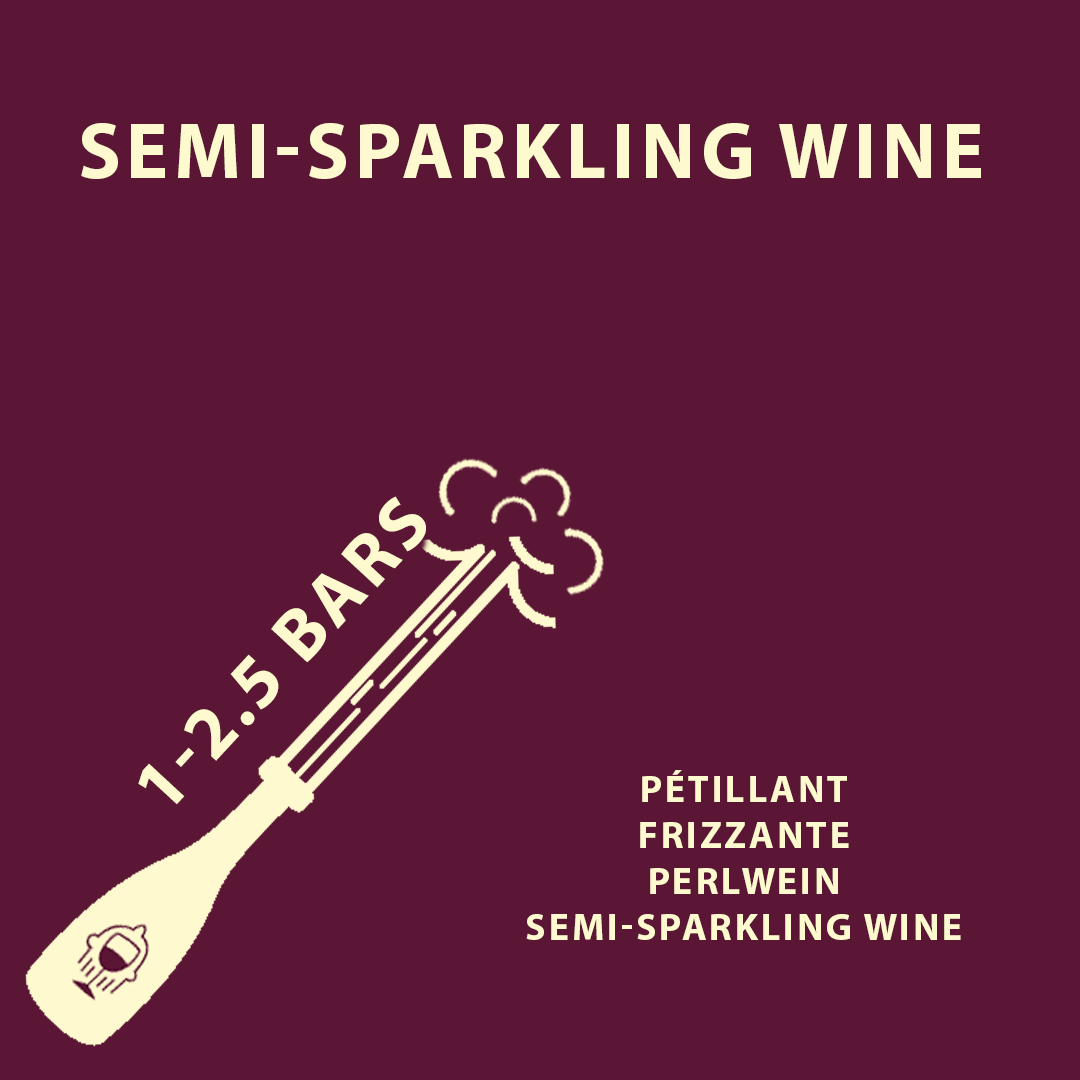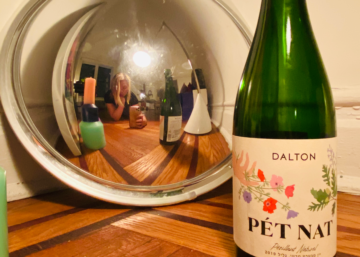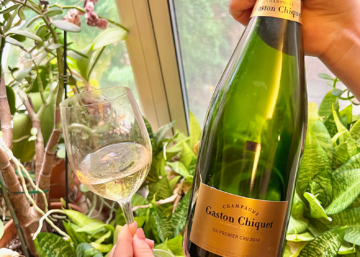I’ve been thinking a lot about bars lately. The atmospheric pressure kind, the force to the fizz. Physics.
We measure wines with effervescence on a scale of bars. The EU standards say that anything with 1 – 2.5 bars of pressure is a semi-sparkling wine, while 3 bars and above constitutes a fully sparkling wine.
But what’s a bar beyond a basis?
Air has weight. It pushes against everything it comes into contact with and creates pressure, which we know as atmospheric air pressure.
In tire terms, 1 bar is equal to about 14.5 psi. My bike tires call for around 30 psi, 2-ish bars. Cars are similar. In elevation terms, 1 bar is slightly more than the air pressure at sea level. The higher you go, the lower the bar; the deeper, the greater. When I went skydiving, I felt light. Scuba diving felt like the sea was squeezing me.
The air trapped in a bottle of bubbles, formed by CO2, can have immense pressure, up to 6 bars. Most fully sparkling wines are around 4-5 bars in pressure. In tire terms, we’re wheeling the low end of a bus, something serious. Elevationally, you’re a pancake, one-dimensional.
This is the pressure that has taken out eyeballs, broken windows, and frothed over with flamboyance.
This is why bottles of wine with air pressure must cage their corks and fortify their form.
You should now probably listen to Queen’s “Under Pressure.”
Here’s the gist:


But when you’re at the WSET Diploma level, you’re next level. You need to know that Lambrusco can be both fully and semi-sparkling. You need to know that there are eight Crémant appellations in France, but we’re only responsible for knowing the top three: Crémant from Alsace, Bourgogne and the Loire, all of which have a 4-bar pressure minimum.
And it wouldn’t hurt that you knew that Crémant used to be a reference to a “semi-sparkling style within Champagne.” But, as the D4 – Sparkling Wines of the World book continues, “when the EU banned the term méthode champenoise as a description of the traditional method for making sparkling wines, Crémant came to be used exclusively for traditional method sparkling wines outside of Champagne.”
Wine is nothing if not confusing.
So that’s why I went through the entire book and classified each type of sparkling wine mentioned within the 6 atmospheres of pressure. Just give me your email below, and I’ll send you a free teachable about all things under pressure.
**Disclaimer: As a person with 1,000+ hovering ominously in that little red blob over the email app, I promise to not spam you. Ain’t nobody got time for that shit.
I’ll also let you know when I break it down again regarding other confusing concepts in your glass!


